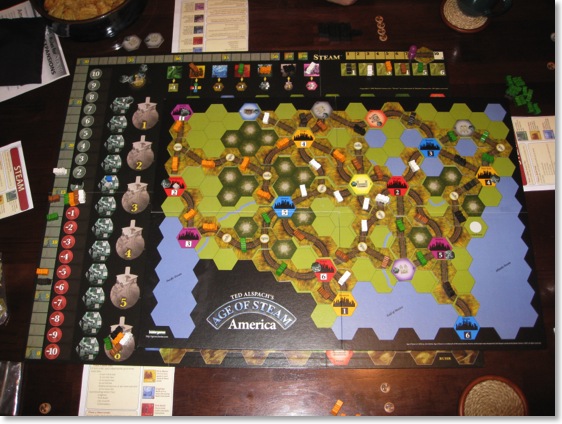A Tasty Morsel
In fact there are so many apocryphal stories surrounding sandwiches that you wonder how much about what we know about sandwiches is true.
That said, there’s quite a lot to learn, as I found out while reading Sandwich: A Global History by Bee Wilson.

This slim volume is part of The Edible Series by Reaktion Books. If it’s any indication of the others, the series is fine indeed. Wilson begins with the Fourth Earl of Sandwich and proceeds to take us through a trip around the world discussing the forms of sandwiches and their ethnic origins.
Sandwiches have at different times been eaten by the poorer classes, the nobility, workers, picnickers, hikers and everyone else who is on the go. The ability to eat a sandwich in one hand (as opposed to a sit-down dinner with cutlery) allows us to do things with the other hand like take notes, write reports, read and more recently type on the keyboard. This says just as much about the changes in our lives related to eating and dining habits as it does about the sandwich itself.
She also covers other interesting tidbits like, according to a court ruling, a burrito is not a sandwich. You’ll have to read the book to find out why.
The book has many other interesting tidbits related to this seemingly simple meal.
The final section lists many different sandwiches, their ingredients and where they were invented, if known. I quite enjoyed learning about the incredible variety of treats wedged between a two slices of bread.
I recommend giving this tasty volume a read.
Sandwich: A Global History
Bee Wilson
2010, Reaktion Books Ltd.
ISBN 978-1-86189-771-8
Playing Steam
Steam is a pick up and deliver game where you build track between cities or towns. Once you have connected cities together, you claim the track between them as your own. You can see several tracks claimed by the coloured locomotives on the tracks below.

After the tracks are in place, you can deliver the goods that are on the cities to get points or more money to finance your railway.
The board shown here is the America expansion board from Age of Steam. Even though the games have important differences many of the expansion boards work with both games.
I was smack in the middle of the winners, which is a kind way of saying I was in third place. I think that Steam will take several more plays before I can understand the dynamics of the game.
Nevertheless, I enjoyed the game very much and look forward to playing it again.
If you are thinking of buying a train game, this would be a great addition to your collection. I wouldn’t recommend it as the first train game, though, as it can be a bit of a brain burner. You might want to start with Ticket to Ride: Europe or Railways of the World: The Card Game, which are both fine games with many interesting strategies.


